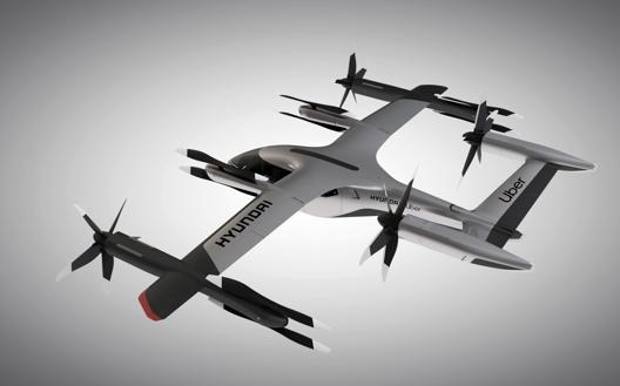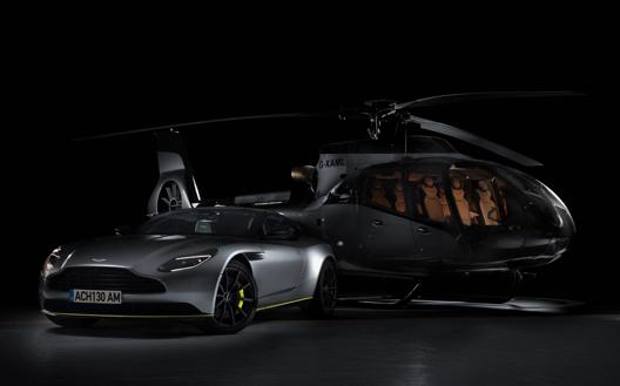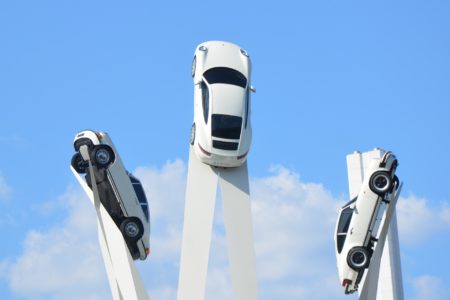If you watched Blade Runner you can imagine where the future of the car is going. In the movie one imagined a 2019 full of flying cars. Let’s see which are the progresses about it and which are the prototypes made for the urban mobility.
Flying Cars: the prophecy of Henry Ford
Once Henry Ford said: “Remember these words: cars and airplanes will join together. You might smile, but it will happen”. It was the 1940 and he was right because the progresses made are many in the car world.
Even if very often the word flying cars might seem improper. Infact we are going to see some prototypes that act more like an elicopter, which are able to take off and to land vertically, unless than as a real car that than take the fly.
Hyundai and Uber
In a not so far future there will be the flying taxis. This new was leaked already few years ago to the Consumer electronics show in Las Vegas (Ces).
During the edition of last year Uber infact launched a new prototype of aircraft. After many tests of prototypes of flying taxis there you have the idea of flying cars for the transport of the passengers from the airports to the center of the most crowd cities.

Even Hyundai decided to join the project of Uber. Them two started to cooperate to develop electric flying taxis by presenting an electric car with vertical take off and landing. Its name is S-A1 and it’s equipped with four rotors able to carry up to 5 people, included the pilot.
This car will be able to reach a speed of about 300km/h and 600 meters of altitude. The flight autonomy is 20 minutes or 100 km of distance, while the supply of the aircraft is made with a battery that charges in 5/7 minutes.
The official launch is predicted for the 2023.
Flying cars, the Airbus consortium
Would you like to book a small elicopter for small urban air trips “low cost”? Now you can do it thanks to the european consortium Airbus that gave life to Voom.
It is a platform of booking of flying cars that the travellers can use to book in few seconds a fast way to reach their destination.
The Voom flights can be booked in any moment from a hour to 90 days in advance. Once booked the flight, the travellers have to do the check-in in the heliport 15 minutes before the flight.
We are talking about a service that is currently available only in Mexico City and in San Paolo in Brasil, but that seems to be the idea for the air transports in the future.

The Pop.Up vehicle used for these transports combines the flexibility of small terrestrial vehicle with two seats and the speed of a Vtol. These characteristics make a bridge between the car sector and the airspace one.
In the middle of the concept there is a pod, planned to carry the passengers. The pod transform itself into a citycar simply by connecting itself to a ground pin, that has a structure in carbon fiber and it is supplied with a battery.
For the megacity trips with high traffic, the pod unplugs itself from the ground pin. In this configuration, Pop.Up becomes a self-driving urban air vehicle, by using the third dimension to pass from A to B efficiently by avoiding the traffic of the ground.
What should we wonder?
The future of the car like we saw is here. The flying cars seem to be much more than a simple idea which has to be developed.
The real question is: what should we wonder? How many of us will be really able to use these new transport services? But even how will be these new generation vehicle regulated between the roads and the skies?
This post is also available in:

